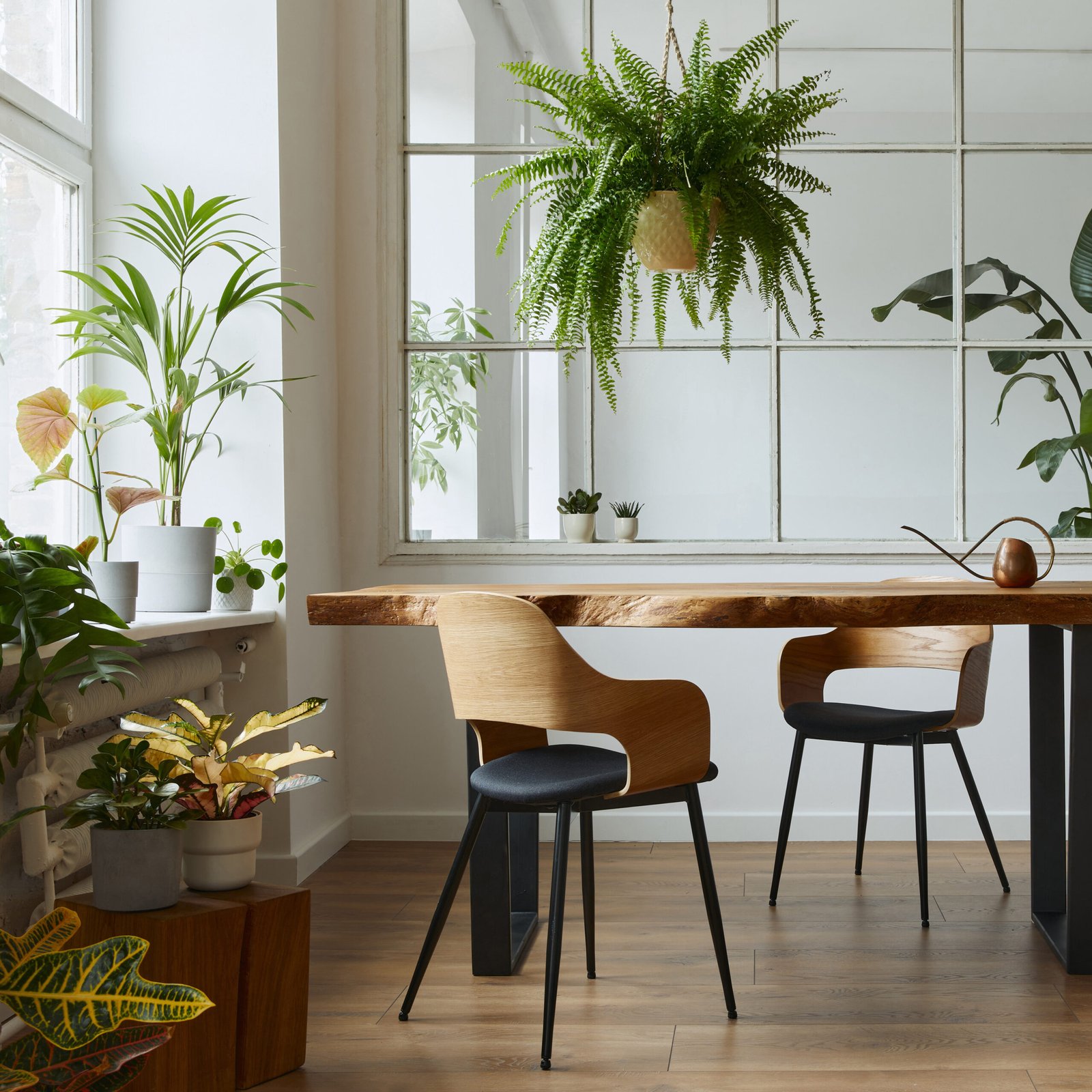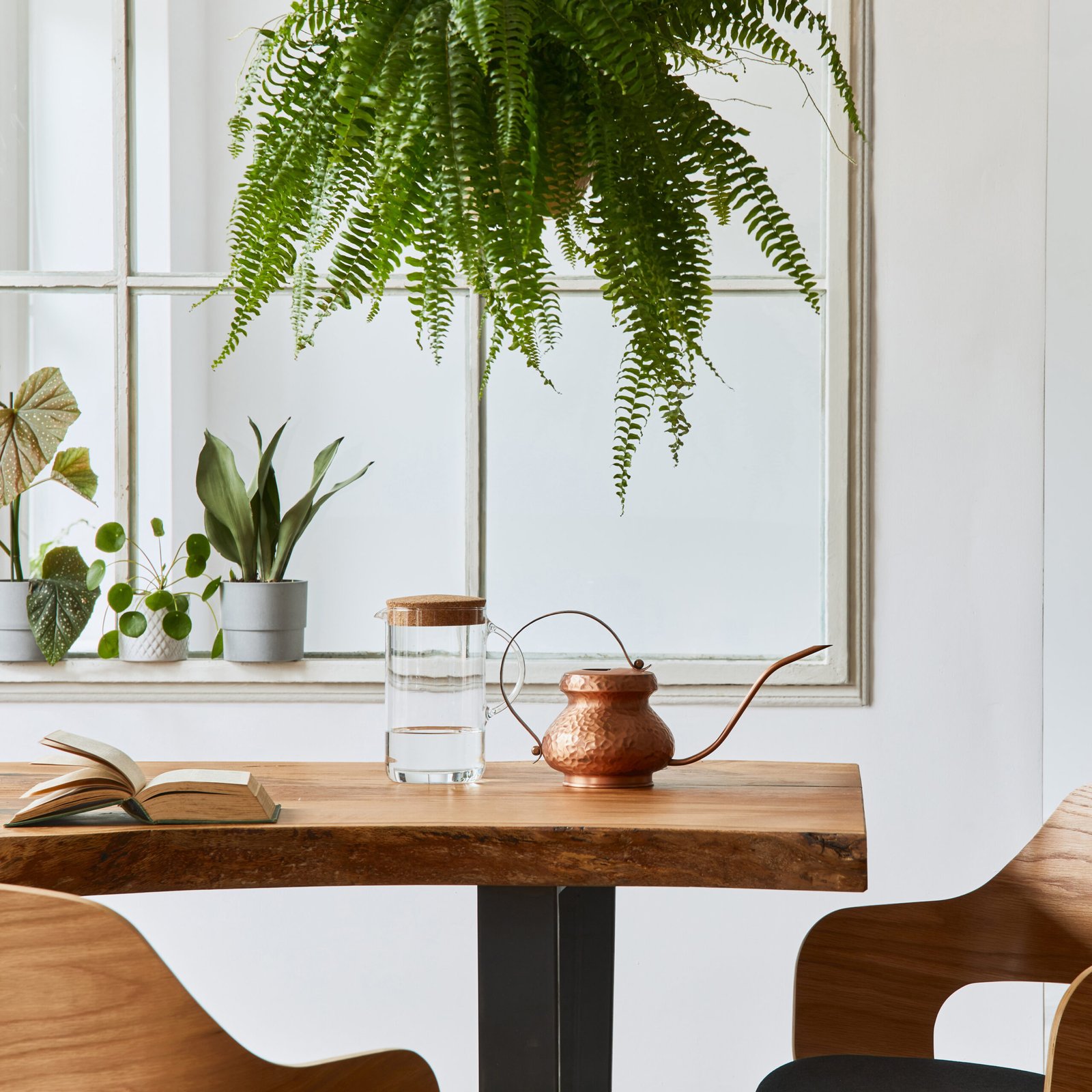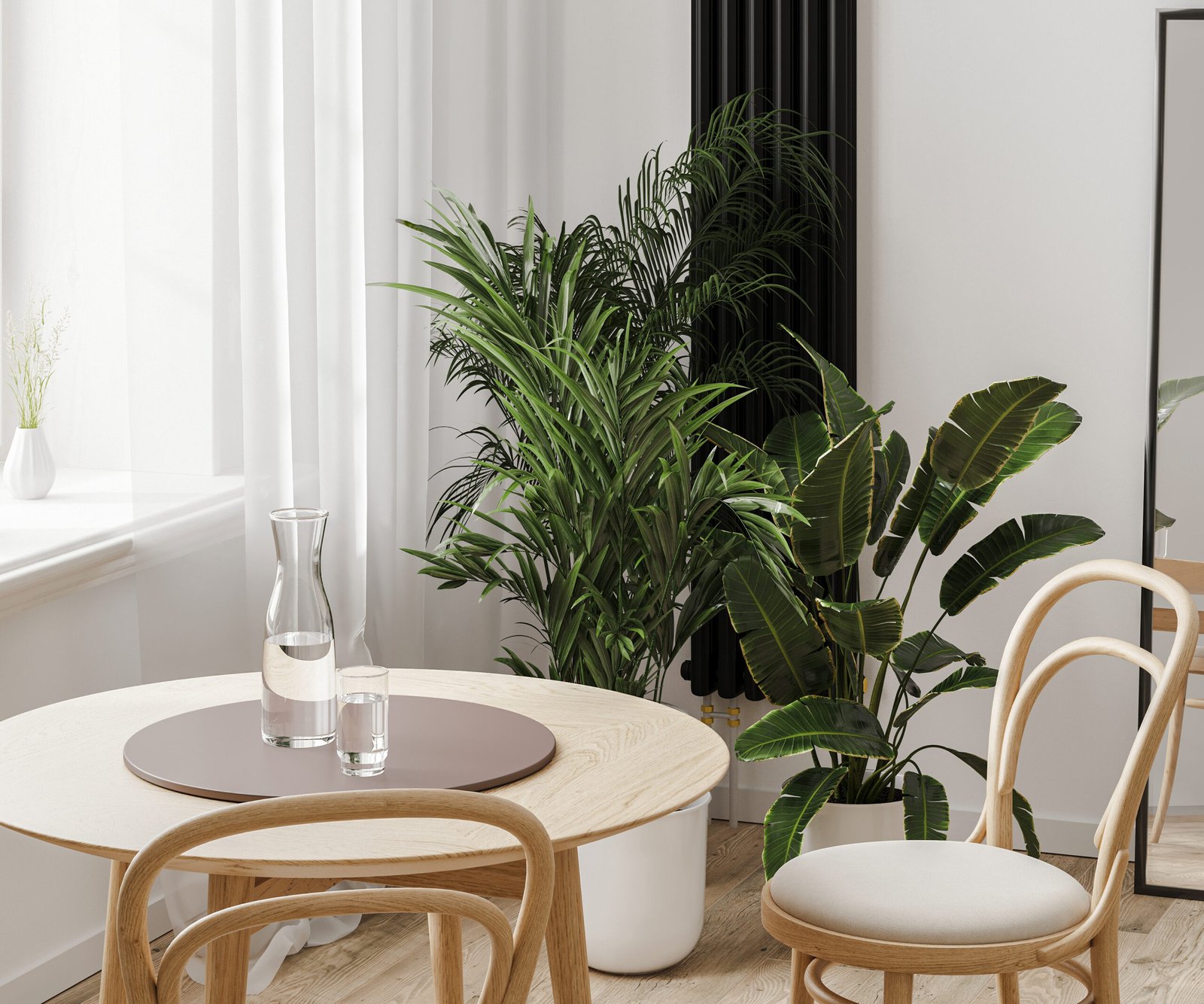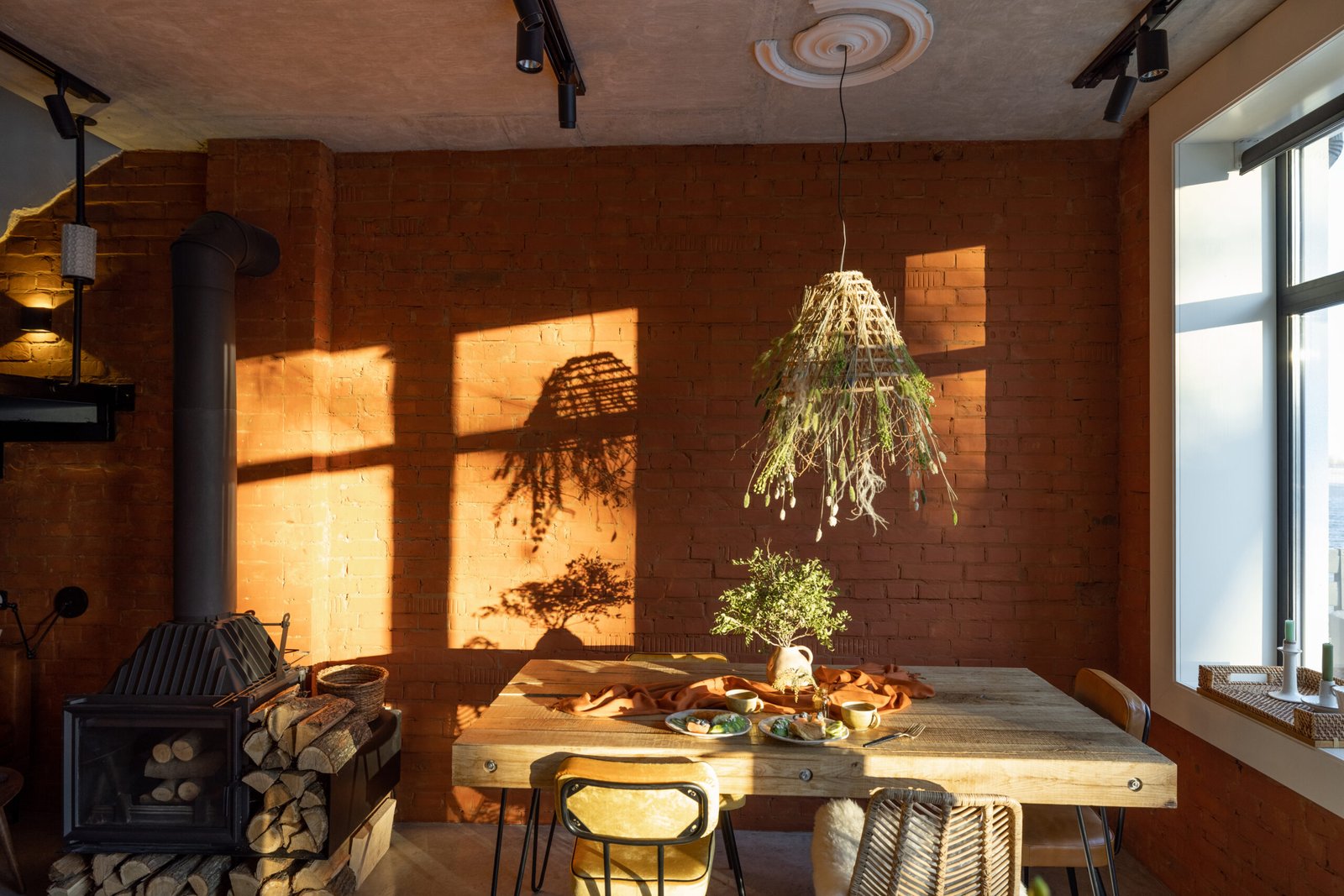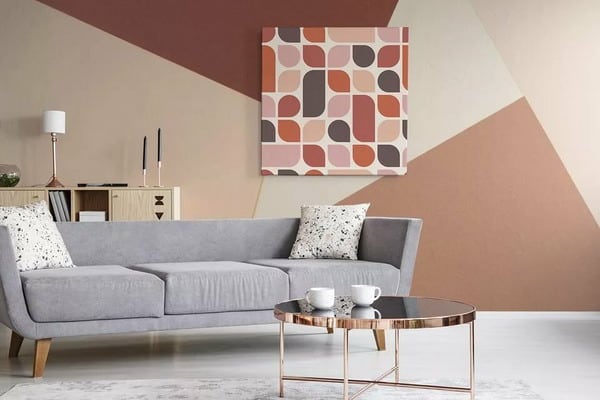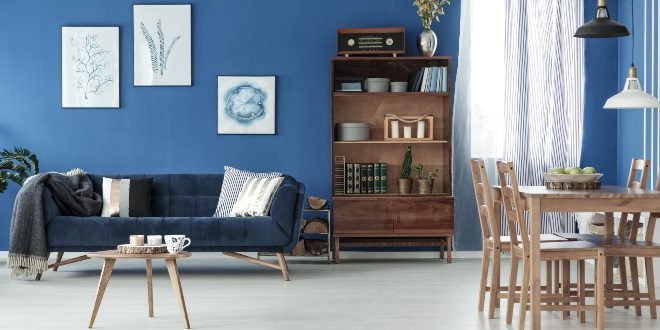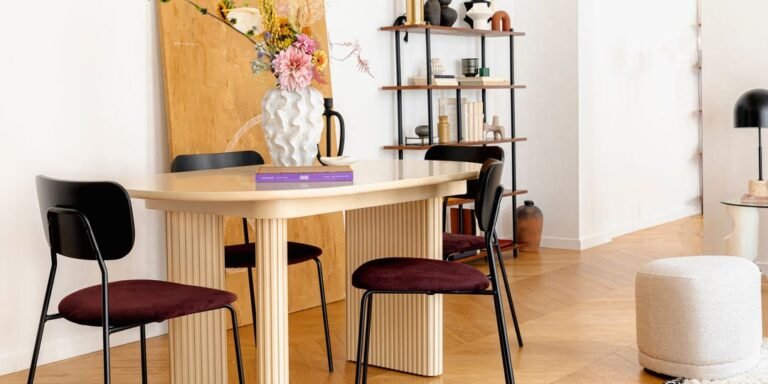A Step-By-Step Guide to Implementing Biophilic Design in Your Living Space
In today’s fast-paced, urban environment, there’s a growing desire to reconnect with nature. Biophilic design offers a unique solution by incorporating natural elements into our living spaces, enhancing our connection to the natural world and improving our overall well-being. In this comprehensive guide, we’ll explore the key elements of biophilic design and how you can integrate them into your home to create a tranquil, aesthetically pleasing environment.
What is Biophilic Design?
Biophilic design is an innovative approach that seeks to bring the outside in by integrating natural elements into our indoor environments. This design style aims to improve indoor air quality, enhance the sense of calm, and promote a connection to nature through various decorative elements and design trends.
Key Elements of Biophilic Design
1. Natural Elements
Incorporating natural elements such as wood, stone, and water can significantly enhance the aesthetic appeal and visual connection with nature. Earthy tones and neutral colors like those from Benjamin Moore or Milk Paint can create a soothing, natural environment.
2. Indoor Plants and Green Space
Indoor plants are a cornerstone of biophilic design. Potted plants like the Snake Plant, Peace Lily, and Spider Plants are excellent choices for improving indoor air quality and adding a touch of nature to your living space. Vertical gardens and indoor gardens can also maximize green space in smaller areas.
3. Natural Lighting
Maximize the use of natural sunlight in your home to create a bright, inviting atmosphere. Position furniture to take advantage of direct sunlight and use mirrors to reflect light throughout the room, enhancing the sense of tranquility and connection with nature.
4. Color Schemes and Earthy Tones
A well-thought-out color palette is essential in biophilic design. Neutral tones and earthy colors can create a harmonious environment that promotes relaxation and calm. Consider using natural materials and colors that mimic the outdoors to enhance the visual appeal of your indoor space.
5. Air Quality and Sense of Calm
Improving indoor air quality is crucial for a healthy living environment. Plants like the Snake Plant and Peace Lily are known for their air-purifying properties. Incorporating these plants into your design not only boosts air quality but also adds to the sense of calm and tranquility.
6. Connection to Nature
Biophilic design emphasizes a strong connection to nature. This can be achieved through large windows with views of outdoor spaces, incorporating natural elements like water features, and using materials that evoke the natural world.
Biophilic Design Trends
1. Rustic Design
Rustic design elements such as reclaimed wood, exposed brick, and natural stone can add a touch of nature and warmth to your home. This design trend is perfect for creating a cozy, inviting atmosphere.
2. Feng Shui
Feng Shui principles can be integrated into biophilic design to create a balanced, harmonious living space. This ancient practice focuses on the flow of energy and the placement of objects to promote health and well-being.
3. Urban Environment Adaptations
In urban environments, where outdoor space is limited, biophilic design can still be achieved through creative solutions like vertical gardens, potted plants, and maximizing natural light. These elements can transform even the smallest urban apartment into a serene, nature-inspired retreat.
Design Considerations
When incorporating biophilic design into your home, consider the following:
• Visual Connection with Nature: Ensure that you have visual access to natural elements, whether through windows, indoor plants, or nature-inspired artwork.
• Non-Visual Connection: Engage other senses by incorporating natural scents, sounds, and textures into your design.
• Quality of Life: Focus on elements that improve your overall quality of life, such as air-purifying plants, natural lighting, and calming color schemes.
Conclusion
Biophilic design is more than just a trend; it’s a way to enhance our connection with nature and improve our well-being. By incorporating natural elements, indoor plants, and thoughtful design choices, you can transform your living space into a sanctuary that promotes peace, tranquility, and a deep connection to the natural world. Embrace the principles of biophilic design and create a home that nourishes your mind, body, and soul.
